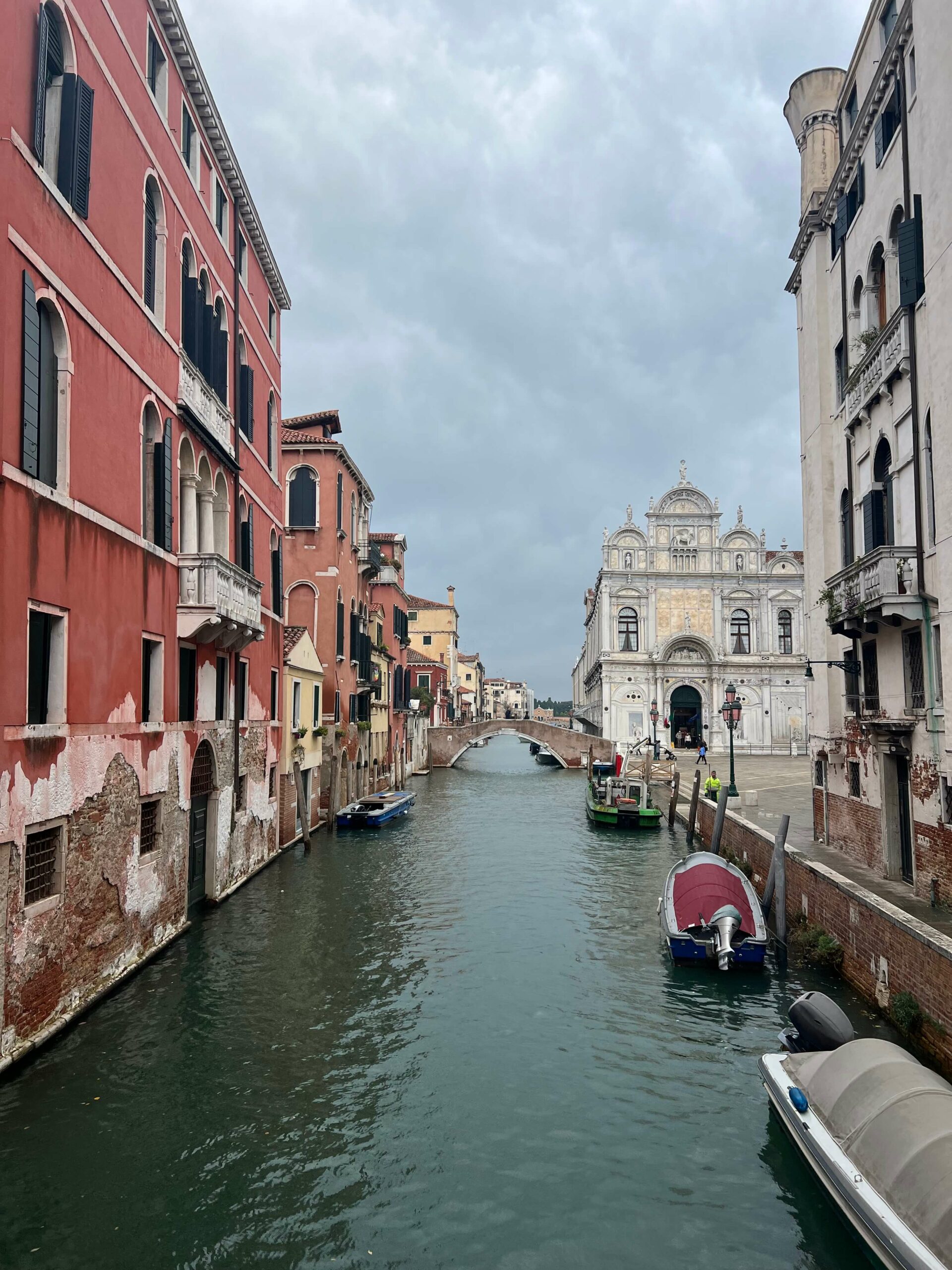The 59th Venetian Biennale d’Arte was organised some months ago and we visited it –of course. The exhibition was postponed from 2021 to 2022 and was titled The Milk of Dreams. According to its title, dreamworld was explained from different art aspects. Every country could choose one or more artists who showed the opinion of the state of the planet and through their pieces they could also represent their home countries. The curator of the biennale, Cecilia Alemani, said about the topic: „It tells a story about a world where we can find hybrid creatures and magical beings, and which celebrates the liberation of the mind, that we missed so much during the pandemic. The title can be interpreted in a lot of ways, but in my opinion it shows the role of the dreamlike dimension and a kind of surrealism in the exhibition.”
The exhibition was organised at different places, which meant that it is impossible to visit the whole in a weekend. So we set off early on our first morning and we chose the Giardini della Bienjnale for our first stop. This is a huge park on th edge of the historic centre of Venice in the Castello quarter. There are 30 exhibition pavilions which change their faces during the exhibition biennially. The first event was organised in 1895 and then the modern pavilions were designed to show their home countries’ face by architectural solutions- that’s how the façade of the buildings were really interesting on their own.

